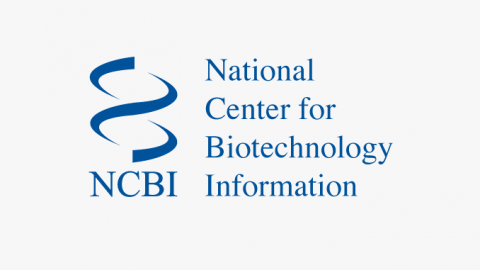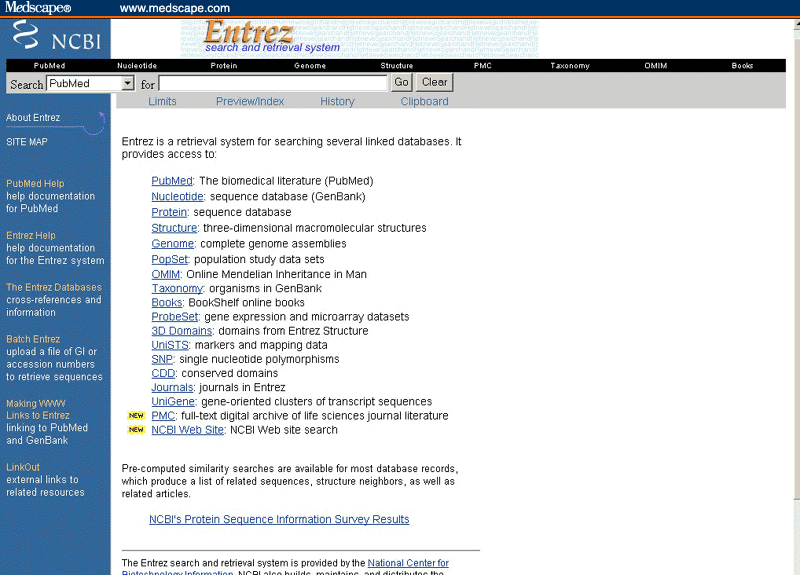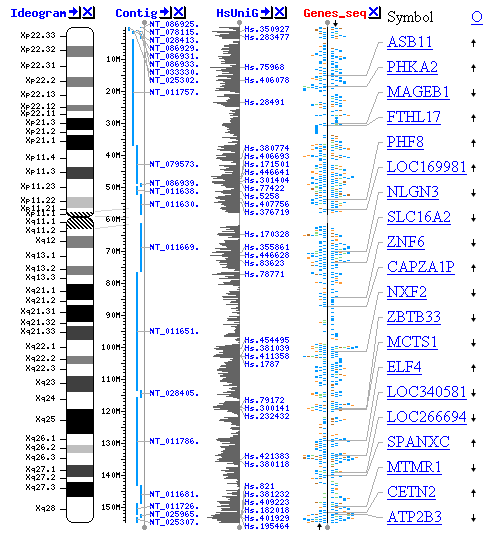Ncbi bookshelf. a service of the national library of medicine, national institutes information health ncbi technology of health. shekelle p, morton sc, keeler eb. costs and benefits of healthinformationtechnology. rockville (md): agency for healthcare research and quality (us); 2006 apr. (evidence reports/technology assessments, no. 132. ). Interoperability the office of the national coordinator for health it (onc) is responsible for advancing connectivity and interoperability of health information technology (health it). onc’s 10 year plan for advancing interoperability is laid out in a document entitled connecting health and care for the nation: a shared nationwide interoperability roadmap version 1. 0 (roadmap) [pdf 3. 7 mb].

Using Telehealth To Expand Access To Essential Health
Health information technology in healthcare quality and patient safety: literature review this study provides valuable information as organizations determine where they stand to get the most "bang for their buck" relative to health it for quality and patient safety. Objectives: an evidence report was prepared to assess the evidence base regarding benefits and costs of health information technology (hit) systems, that is, the value of discrete hit functions and systems in various healthcare settings, particularly those providing pediatric care. data sources: pubmed, the cochrane controlled clinical trials register, and the cochrane database of reviews of. We identify and describe nine key, short-term, challenges to help healthcare organizations, health information technology developers, researchers, policymakers, and funders focus their efforts on health information technology-related patient safety. categorized according to the stage of the health i. This technology, known as the stroke prevention in healthcare delivery environments (sphere) tool, was explicitly designed from the outset with an interactive interface to enhance patient-provider communication around cvd relevant behavioral risk factors, thus providing a data-driven health and wellness intervention via which those risk factors would ideally be discussed and managed by patients, and their caregivers and healthcare providers at the point-of-care and beyond.

Interoperability Healthit Gov
Six habits of highly successful health information technology.
Introduction: currently, information technology is considered an important tool to improve healthcare services. to adopt the right technologies, policy makers should have adequate information about present and future advances. this study aimed to review and compare studies with a focus on the future of health information technology. Health communication and health information technology (it) are central to health care, public health, and the way our society views health. these processes make up the ways and the context in which professionals and the public search for, understand, and use health information, significantly impacting their health decisions and actions.
National center for biotechnology information 8600 rockville pike, bethesda md, 20894 usa. As a nurse practitioner student, electronic medical record (emr) trainer, and future emr user, i was excited to see the hsu et al. article, “health information technology and physician–patient interactions: impact of computers on communication during outpatient primary care visits” in the july/august issue. 1 i have not seen very much research about the patient's perception of point of.
Current Challenges In Health Information Technology

compliance patients are more likely to record important health information in real-time with devices that never leave is cost-effective for many small businesses as technology becomes more in-demand, so do the costs an experienced developer can cost you well over six-figures in salary alone, and then when you add up the other costs, like health care and other benefits, it becomes out of Objectives: to identify and summarize ethical, legal, and social issues related to information technology in healthcare, as exemplified by telehealth and telemedicine. to expand on prior analyses and address gaps illuminated by the covid-19 experience.
Technology has opened a new frontier in mental health support and data collection. mobile devices like cell phones, smartphones, and tablets are giving the public, doctors, and researchers new ways to access help, monitor progress, and increase understanding of mental wellbeing. By using certified ehr technology, the provider must submit to the secretary of health & human services (hhs) information on the quality of care and other measures. the concept of meaningful use rested on the five pillars of health outcomes policy priorities, namely: improving quality, safety, efficiency, and reducing health disparities. Healthcare information technologies are now a routine component of patient-clinician interactions. originally designed for operational functions including billing and regulatory compliance, these systems have had unintended consequences including increased exam room documentation, divided attention.

Cdc Health Information And Public Health Publications
The impact of health information technology on work process and patient care in labor and delivery. consolidated imaging: implementing a regional health information exchange system for radiology in southern maine. personal health records to improve health information exchange and patient safety. Enabling medication management through health information technology ncbi bookshelf. the objective of the report was to review the evidence on the impact of health information technology (it) on all phases of the medication management process (prescribing and ordering, order communication, dispensing, administration and monitoring as well as education and reconciliation), to identify the gaps in the literature and to make recommendations for future research.
Six habits of highly successful health information technology: powerful strategies for design and implementation j am med inform assoc. 2019 oct 1;26(10):1109-1114. doi: 10. 1093/jamia/ocz098. authors jessica m ray 1. Basic informatics literacy: building a health information technology workforce d fridsma. j am med inform assoc 23 (3), 666. 5 2016. more. authors doug fridsma national center for biotechnology information 8600 rockville pike, bethesda md, 20894 usa. department of health. Electronic health information information health ncbi technology legal epidemiology assessment protocol; ehi research anthology pdf icon [pdf 233 kb] transitioning from paper to digital: state statutory and regulatory frameworks for health information technology external icon in all health system sectors, electronic health information (ehi) is created, used, released, and.
National center for biotechnology information, u. s. national library of medicine 8600 rockville pike, bethesda md, 20894 usa. policies and guidelines contact. Revisiting health information technology ethical, legal, and social issues and evaluation: telehealth/telemedicine and covid-19 int j med inform. 2020 nov;143:104239. doi: 10. 1016/j. ijmedinf. 2020. 104239. epub 2020 jul 31. author bonnie kaplan 1 affiliation.
Abstract. we identify and describe nine key, short-term, challenges to help healthcare organizations, health information technology developers, researchers, policymakers, information health ncbi technology and funders focus their efforts on health information technology-related patient safety. categorized according to the stage of the health information technology lifecycle where they appear, these challenges relate to (1) developing models, methods, and tools to enable risk assessment; (2) developing standard user interface. Informationtechnology use in healthcare delivery mandates a prepared workforce. the initial health information technology competencies tool resulted from a 2-year transatlantic effort by experts from the us and european union to identify approaches to develop skills and knowledge needed by healthcare workers. Background. previous studies on the effects of health information technology (health it) on ambulatory quality have had mixed results. new york state has invested heavily in health it throughout the state, creating a unique opportunity to assess effects on health care quality across multiple communities. Information technology use in healthcare delivery mandates a prepared workforce. the initial health information technology competencies tool resulted from a 2-year transatlantic effort by experts from the us and european union to identify approaches to develop skills and knowledge needed by healthcare workers.
experience to others through lectures and advice on information technology dr ira contributions in the health sector also include him being a founder of Telemedicine and e-health. 2019 feb 1;25(2):132-6. information health ncbi technology pubmed. ncbi. nlm. nih. gov/29847224/ external icon. 3 american medical association, 2020. ama digital health research: physician’s motivation and requirements for adopting digital health—adoption and attitudinal shifts from 2016 to 2019. The objective of the report was to review the evidence on the impact of health information technology (it) on all phases of the medication management process (prescribing and ordering, order communication, dispensing, administration and monitoring as well as education and reconciliation), to identify the gaps in the literature and to make recommendations for future research.